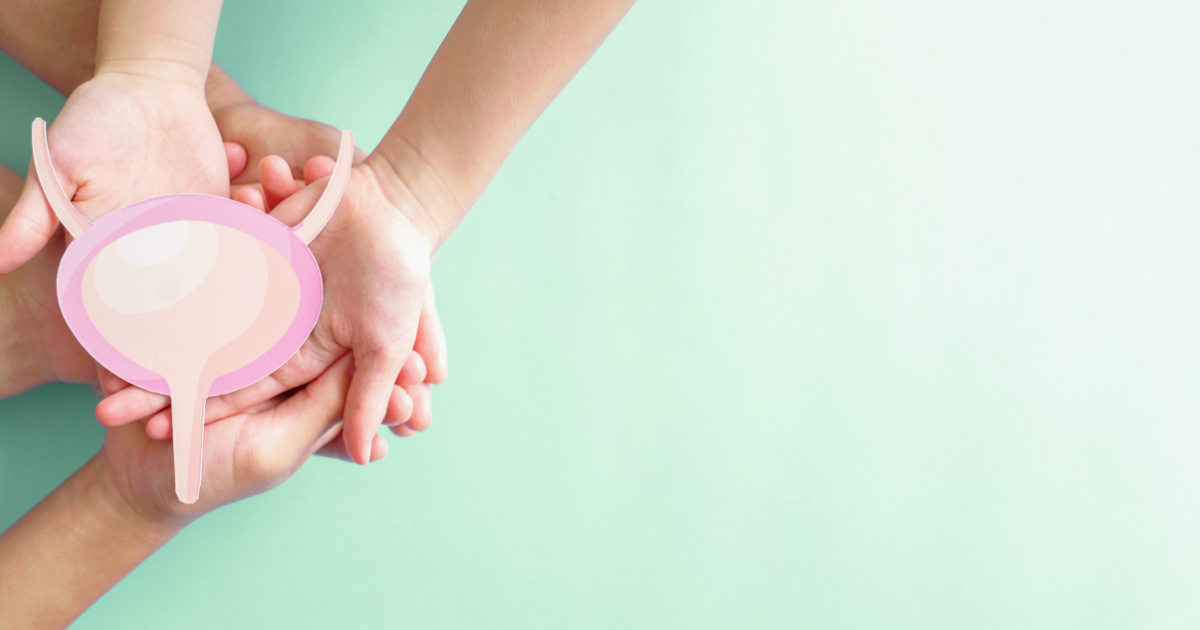Vesicoureteral reflux (VUR) is a fairly common finding in infants and young children in which urine flows the wrong direction. Similar to the way gastrointestinal reflux (GERD) entails stomach acid flowing back up into the esophagus, with VUR the urine flows back up the ureters (the tubes that connect the kidneys to the bladder). There is variation in the severity of reflux (grade 1 being the most mild and grade 5 being the most severe) and for many kids, the issue will resolve on its own as they grow. However, for some kids, VUR can cause permanent kidney damage even if there seems to be no serious symptoms. Because of this, identifying VUR with imaging and monitoring your child appropriately are very important.
How do we identify VUR?
The most common symptoms of VUR are repeat urinary tract infections, urinary incontinence, bedwetting, and frequent urination. If these symptoms do not readily resolve with conservative measures, it is important to have imaging done to check for VUR. Additionally, girls are more likely than boys to have VUR and genetics matter. Those who have a parent with VUR will have a 1 in 3 chance of also having the condition and those with a sibling with VUR have a 1 in 4 chance. If your child is at higher risk for VUR genetically, it is important to monitor more closely and seek care more quickly.
VUR is diagnosed with a cystogram in which the bladder is filled with a contrast and images are taken to see if the urine is flowing the wrong direction towards the kidneys. The test will vary slightly depending on the type of cystogram your doctor plans to perform, but a catheter will be used and this can understandably be scary for kids. Pediatric urology teams are amazing at communicating what to expect with the procedures they perform. Let them know any of your or your child’s fears prior to the procedure and bring in a Child Life Specialist if one is available. Child Life Specialists are specifically trained to explain medical procedures to kids and their families and are an invaluable resource to have.
Your child’s doctor will also likely want to check whether your child has signs of an infection in their urinary tract. Depending on the age of your child, catheterization may be needed to ensure an accurate result.
An abdominal ultrasound can also be used to look inside the body and see the entire urinary system. These images can tell us if the kidneys or ureters have widened and give us an idea of whether reflux is occurring. While abdominal ultrasounds do not hurt, the equipment and experience can still be scary, so don’t hesitate asking your provider to explain expectations with you and your child.
What causes VUR?
For most kids, VUR is what we call “primary” meaning that it is a condition they are born with affecting the connection between the ureters and the top of the bladder. Through no one’s fault, the ureter on one or both sides doesn’t connect well to the top of the bladder and the valve that should stop upward flow isn’t working as it should. The valve system at this connection becomes “leaky” and urine goes up towards the kidney(s) instead of down. There is a strong genetic component, so make sure to monitor more closely if a family member was diagnosed with VUR.
VUR can also be what we call “secondary”. In cases of secondary VUR, the issue lies elsewhere in the urinary system. Sometimes a fold of tissue may block the urethra (tube that lets urine leave the bladder when we pee). Other times, the nerves that are designed to control the bladder do not function as they should. This type of issue can create too much pressure in the bladder and push urine up and into the ureters. Secondary VUR is much less common but can often be more severe as it tends to affect both ureters and kidneys instead of being on a single side.
How is VUR treated?
As we mentioned, VUR can vary in severity and cause. Many times more mild cases of VUR will resolve on their own as your child grows. With mild cases of VUR, it is important to monitor for signs of urinary tract infections and treat them quickly if they occur. Notify your child’s doctor if urinary accidents begin to appear or worsen, if your child has pain while peeing, or if they begin to have strong urgency or high frequency with urination.
More severe cases of VUR will often require surgery. Ureteral reimplantation surgery is a common surgery for these more severe cases. In this surgery, the ureters are fixed to join correctly at the top of the bladder and stop urine from going the wrong direction to the kidneys. Sometimes treatment can include injections of a bulking material around the area where the ureters meet the bladder. This bulking material can act as a valve to decrease the chance of urine “leaking” upward. Speak with your child’s doctor to discuss which options may be best and make sure to get a Child Life Specialist on board if intervention is needed in treating your child’s VUR.
What can I do at home?
Regardless of the type of VUR your child has been diagnosed with (primary or secondary, one or both sides, mild or severe), it is important to keep their urinary system as healthy as possible and reduce strains placed upon the bladder.
- Drink enough fluids to stay hydrated. Speak with your child’s doctor to discuss what amount of fluid they need and make sure to spread fluid intake out over the course of the day.
- Keep a good bathroom schedule. Peeing every 2-3 hours is a great goal.
- Prevent constipation. Poop back-up can have a very big affect on the bladder and can push into the bladder from behind. This can increase the pressure inside the bladder and make it more likely for urine to reflux upwards.
- If your child is not potty-trained, make sure to change diapers as soon as they become dirty.
- Keep the external skin around their urethra (the opening where pee comes out) clean and healthy. Using a barrier cream or speak with your child’s healthcare provider if skin irritation appears.
- Track your child’s bathroom habits. It is important to catch issues such as constipation or changes in their bladder habits quickly and convey any concerns to your healthcare provider. Keeping a pee and poop journal for your child can be a great way of doing so.
Additionally, working with a pediatric Pelvic Health Physical or Occupational Therapist can be incredibly helpful. They can help teach your child how to contract and relax their pelvic floors at the right time to make sure pee and poop are leaving the body in the right way. They can also help address any symptoms of leakage or fear of toileting your child may have. As always, reach out with any questions or for guidance in finding the right pelvic health provider.

